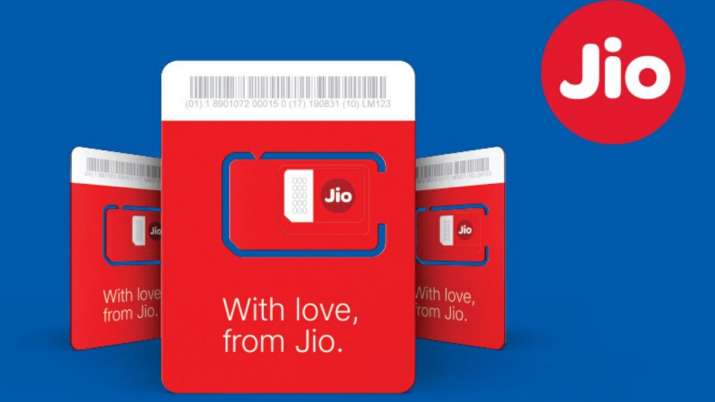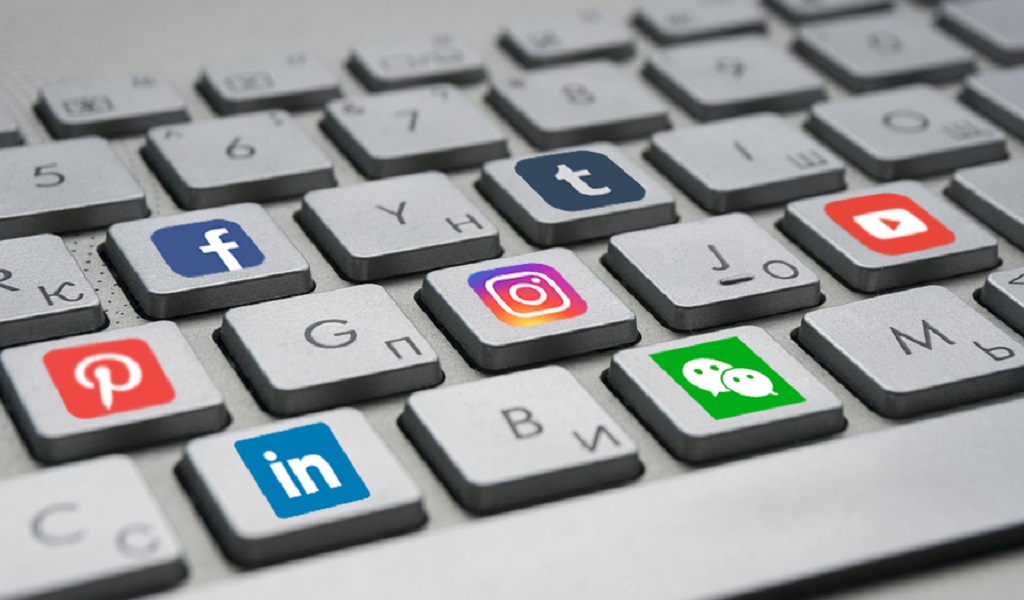B2B Influencer Marketing
It is not specified how much of the investment will come from B2B companies, and how much from B2C. However, already today, the following is obvious: the marketing of influencers has become an integral part of most marketing strategies.
For B2C companies, if you have a product or service with massive consumer appeal, thousands of influential buyers (also called creators). They can be tapped into a paid advertising campaign. Companies like Open Influence and Clever have access to a database of thousands of influencers. All you need is an already running ad campaign (or an idea for it) and a reasonable budget. The great thing about these systems is that you can start promoting your product right away.
What is the fundamental difference between B2B?
For B2B companies, this is not easy. An influencer in this techno sphere cannot only shoot a video about your new SaaS (software as a service) platform or post a photo of your data center on social networks, which would help increase sales in the near future. In the B2B business, these principles do not work. In additmanywith a large number of social media subscribers will not inspire confidence in B2B clients unless they themselves work in the IT field, but such cases are rare.
That said, B2B buyers usually don't follow the link in an Instagram post to go to the company's corporate website and buy the software. Most often, they make such a purchase after reading reviews, clarifying the characteristics, and searching the Internet for any related information. Such decisions are often the result of negotiations with a colleague or partner. They spend hours, days, and sometimes months researching a new product, asking questions, and discarding options that don't quite fit their needs.
The minimum average sales cycle for the software industry is six months. And even if the media accelerates this cycle, it will still be much longer than the FMCG cycle. This suggests that B2B buyers 2/3 of the way from making a decision to making a purchase do not contact the selling side. At the same time, communication between the two parties will take place only if the seller's capabilities meet the basic technical requirements of the client.
How Influence Works In B2B Communications
Unfortunately, influencing the decision of B2B customers is not easy. They are smart, picky, and skeptical about sales and marketing. And that means it's harder for the B2B segment than for the consumer segment to influence their potential buyers. The most effective way to combat their skepticism is to influence their decisions through a third party - in our case, through a trusted influencer. Consider the following statistics:
- Influencer generated and shared content generated 11x more ad revenue after 12 months than regular digital ads (according to research by Nielsen Catalina Solutions for TapInfluence).
- 92% of influencer marketers say this marketing strategy is an extremely effective method for increasing reach, according to a study by influencer marketing organization Linqia.
- 71% of marketers believe that ongoing collaboration with brand ambassadors is the most effective form of influencer marketing, according to a 2016 study by Altimeter Research for TapInfluence.
- So it becomes obvious that influencer marketing has already earned a good reputation for itself, but how can it be applied in the B2B segment? This becomes clearer after examining the 1: 9: 90 model.
- The 1: 9: 90 model was first described in 2006 by Charles Arthur, a journalist for The Guardian. Its essence is as follows: "If 100 people are online at the moment, then one of them will create a news feed, ten people will interact with it (comment or suggest possible improvements), and the remaining 89 will just watch it."
- Since then, the 1: 9: 90 model has been adapted for various methods to help find, segment, and activate groups of Internet users. Marketer Mike Brito has tested, and reworked influencer marketing programs for large B2B companies and slightly changed the definitions:
- 1% is agents of influence: they are the ones who control public opinion and create content. In the B2C segment, they are most often called trendsetters. They can reach most of their audience by posting or tweeting. They can create new product categories, markets, and even new words that will then become popular thanks to them. Five years ago, the group of agents of influence consisted only of traditional media and large analytical agencies. Now anyone can become an agent of influence: a publication, an individual journalist, a consultant, a second-rate analyst, or anyone else who has his own opinion, a bit of intelligence, and a lot of subscribers.
- 9% are promoters: they are always as active as possible on social networks and forums. Promoters are eager to advise everyone on products or services, coffee shops, any consumer goods, including sneakers. They have their personal opinion about everything, and they will gladly share it with anyone who is ready to listen to them. At times, they will share their experiences with a particular brand to their followers. Promoters are subscribed to various newsletters; they often leave their reviews on Amazon and Yelp, write their posts, comment on the posts of other users and actively repost - in general, they share their opinions with other Internet users in all available ways. This 9% is the part of the audience that can potentially start or spoil the dialogue.
- 90% is the "market," that is, all the rest. They can be easily attracted by advertising if you have a good budget. They are experts in information consumption. They read study and absorb everything on the web. Google is the main advisor for them: they use it to discover new products and learn the news. But they themselves do not publish anything; do not interfere in the dialogue. But they cannot be underestimated: after all, their strength is in numbers. They are the part of the 1: 9: 90 models that decide how convincingly the other two groups represent your brand and your sales depend on the purchasing power of this group in the first place.
- The 1: 9: 90 models can be applied to any brand, no matter how big or small. However, the differences between the various members of these groups are significant. You cannot interact with an agent of influence in the same way as with a regular buyer. However, whatever the difference between these three groups, each of them plays an important role in promoting content. If you can properly build a dialogue with an agent of influence or a group of such agents and convince them to talk about your company or product, then you can potentially attract more people from the third group.
What To Focus On When Selecting An Agent Of Influence
The process starts with choosing the right influencer. Unfortunately, most marketers only pay attention to one thing when hiring an influencer and that is reach. Yes, coverage is a good indicator, but not the only one. Consider all of the following:
- Reach: How many people follow the influencers you are interested in on social media, blogs? Reach is important because you need to understand if these people can spread the word about your product.
- Relevance: How often do they bring up topics and use keywords related to your industry? Relevance will show you how well the influencer understands the topic of interest and how often he writes about it.
- Resonance: When you create material, how well will it go online? Will other users respond in any way? This parameter will help you distinguish between good influencers and those who can't get their followers interested. Or from those who, with the help of all sorts of tricks, want to appear more influential than they really are.
- Mentions: Are other influencers referring to him? In other words, are there other influencers in your area who repost, retweet, or comment on your influencer's content?
- How to find agents of influence for a B2B company? This question remains open today since the existing services on the Russian market cover primarily the B2C sphere. When we approached the creators of these services with a request to help us find B2B influencers, our requests went unanswered.
- There is a foreign service Onalitica, but it is not relevant for Russia. Therefore, we, for example, search for agents of influence manually: by hashtags, topics, recommendations, etc. If you know your market well, understand its features, and have a good idea of what exactly you need an agent of influence for, then you yourself can find those who will benefit your company.
CATEGORIES
- Digital Marketing
- Marketing
- Entertainment
- Medical
- Science and Technology
- Politics
- Sports
- Environment
- Campaign
- Interview
- Viral
- What's Trending
- Trending News
- Viral Videos
- Youtube Trends
- Social Media Ranking
- Twitter Trends
- Google Trends
- Top Politicians
- Top Cricketers
- Top Influencers
- Best Campaigns
- Google News
- News
-
 Oct 11, 2020
Oct 11, 2020SEO Content Writing Vs. SEO Copywriting:...
-
 Dec 15, 2020
Dec 15, 2020#Karnatakaiphoneplantagitation: Workers...
-
 Dec 15, 2020
Dec 15, 2020#OLA Invests ₹2400 Crores For Our Futur...
-
 Dec 15, 2020
Dec 15, 2020#Snapchat Launches Astrology Profile
-
 Dec 15, 2020
Dec 15, 2020Know Why #BOYCOTTJIOSIM Is Trending On S...
-
 May 17, 2023
May 17, 2023Zara Hatke Zara Bachke Trailer Review(Ra...
-
 Aug 01, 2023
Aug 01, 2023India's Chandrayaan-3 On Track For Lunar...
-
 Jan 29, 2021
Jan 29, 2021Gita Gopinath: The Government Must Ramp...
-
 Dec 16, 2020
Dec 16, 2020#Skillhaitohfuturehai: Mahindra's Flagsh...
-
 Jan 16, 2021
Jan 16, 2021Indian Runs World’s Largest Vaccination...
HIGHLIGHTS
- Realme Pad Specifications Teased, Will C...
- MARKETS: Sensex Down 300 Pts, At Days Lo...
- Afghanistan Crisis Live Updates: NIA Chi...
- Women Will Be Admitted To NDA, "Historic...
- Taliban's New Education Minister Says Ph...
- India's T20 World Cup Selection Question...
- New JioFiber Quarterly Broadband Plans I...
- Explained: How Your Cat Got Its Stripes...
- Who Is Aesha Mukherji? All You Need To K...
- Long Live Test Cricket While We've Virat...











